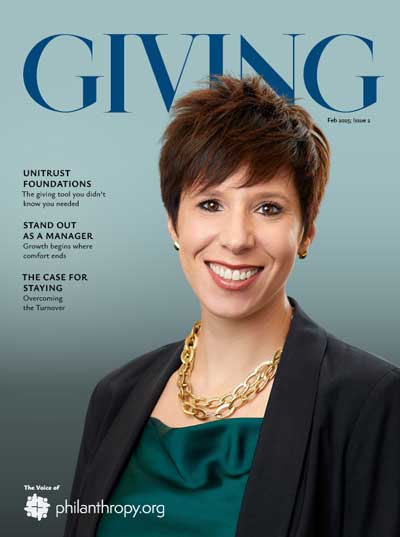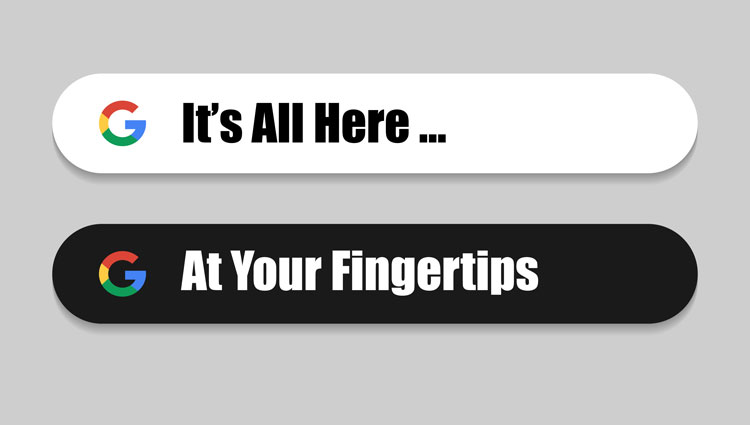Fundraising rewards silence, not speeches.
And listening, not selling.
But “asking for a contribution makes most people nervous, which causes rambling,” says Lori L. Jacobwith of Ignited Fundraising. “And together, we have the perfect storm to make the most common fundraising mistake: talking too much.”
“If you want to get a YES — use less words.”
Learn how with 10 tips in this guide.
Less presentation.
More conversation.
Listening is half of all communications with your donors.
So here’s a helpful mental model. There are various versions of this over the years: Covey’s Five Levels of Listening:
1. IGNORING
We completely ignore what has been said.
2. PRETEND LISTENING
We use the right body language, but we’re not listening.
3. SELECTIVE LISTENING
We listen to the parts that interest us and switch off for the parts that don’t.
4. ATTENTIVE LISTENING
We pay attention and really take on board what was said.
5. EMPATHETIC LISTENING
We concentrate and listen to understand the intent behind the message.
5 Levels of Listening
| Level | Description of what you might be doing | Your Mindset |
|---|---|---|
| Ignoring the speaker | Not really listening, preoccupied, waiting for your turn to speak. Already knowing how you’re going to respond. | Preoccupied, with other things on your mind. Think you already know the answer. |
| Pretending to listen | Showing signs of listening but you’re not really tuned in. Not able to play back everything the other person said. | Multitasking or distracted. |
| Selective listening | Tuning in to the bits that interest or impact you. Not appreciating the overall message or intention. | Hearing what you want to hear, or only picking up on things that affect you. |
| Attentive listening | Focused on the speaker, taking in what they have to say, not interrupting, asking follow-up questions. | Mindset of wanting to connect and understand. |
| Empathic listening | Listening really carefully to understand the emotions and meaning behind the words. Seeking to understand, rather than to be understood. | Mindset of putting your own needs temporarily to one side to truly understand the perspective of the other person. |







